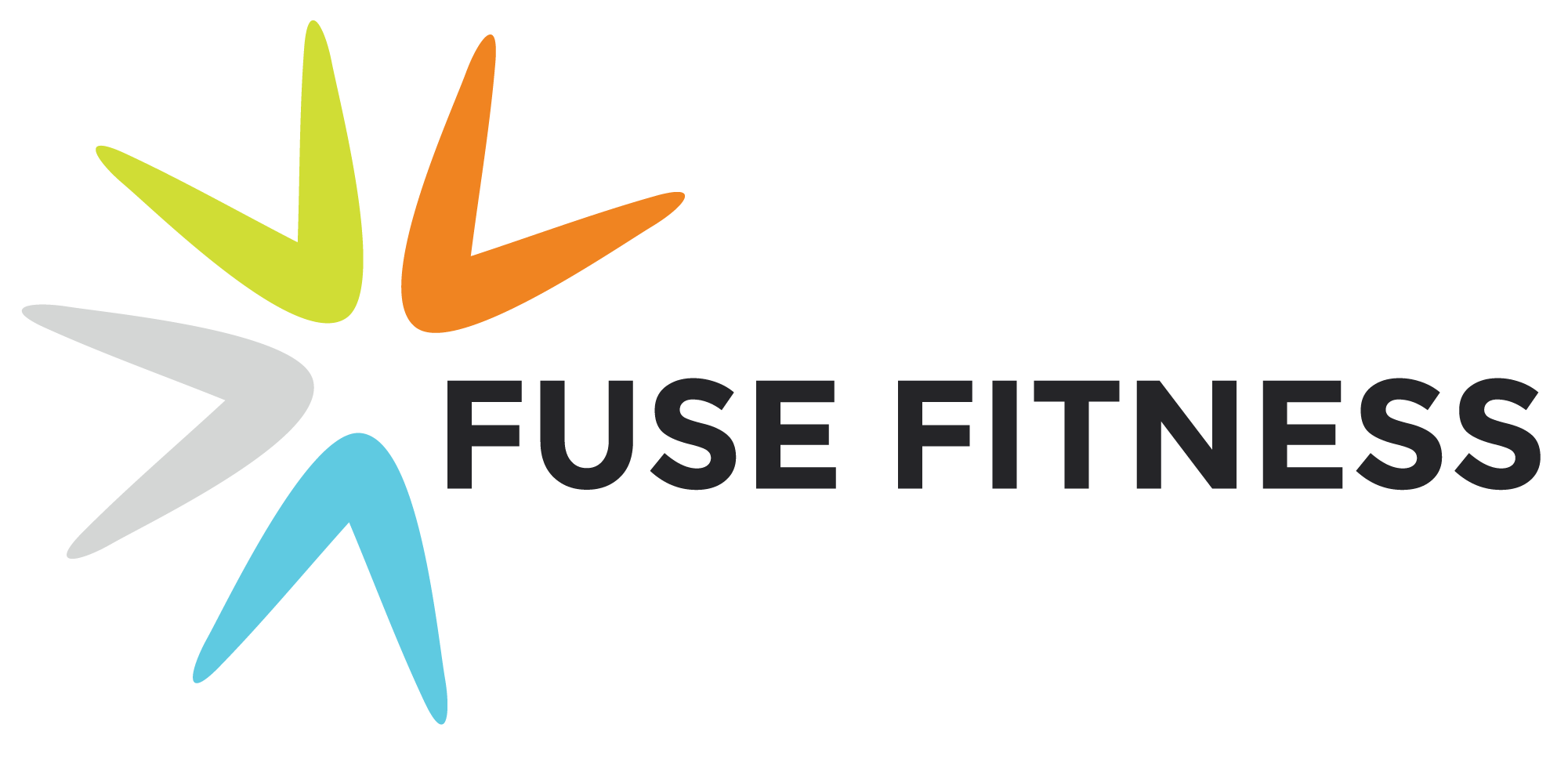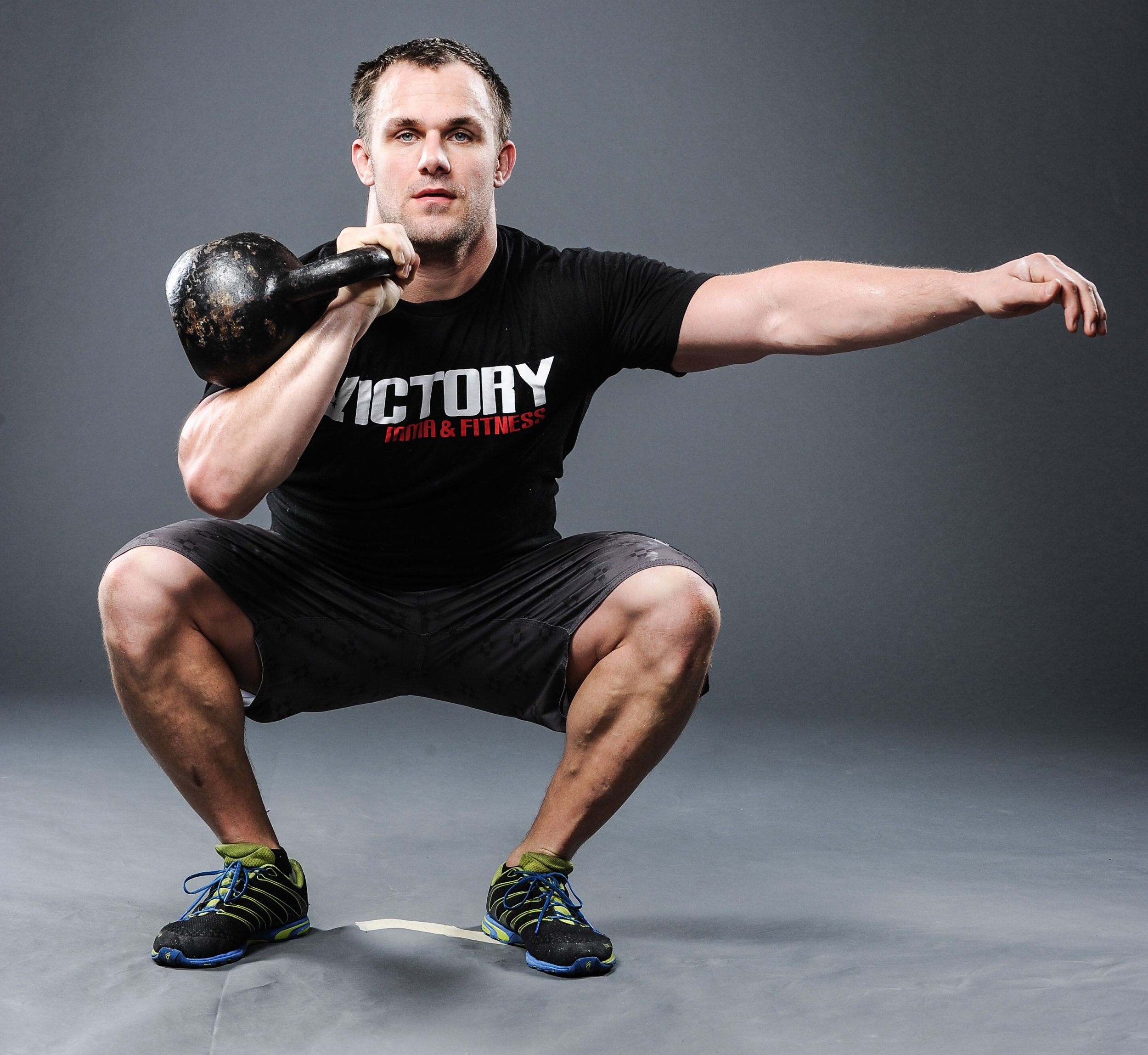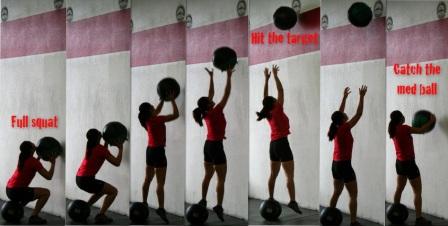Slow Down or Speed Up?
Hi Fusers! Beverly guest-blogged for us this month to share the importance of strength training at the correct tempo. Thanks Beverly!
Time under tension, that is what weight training is all about. The benefits include:
- increased muscle growth
- greater body awareness and control
- better motor control of the lifts
- improved stability
But what about the tempo of a rep set, how fast or slow should you perform an exercise? There are varying opinions on this topic, but for the purposes of most Fuse Fitness members, here are our recommendations for using weights in class:
- Form is the most important part of lifting whether the tempo is fast or slow. A few tips:
- The mirrors and instructors are there for a reason; use both to get feedback on your form.
- Self monitor your own posture and become aware of how you are holding your body in space. Focus on your movements to create good mind-body awareness.
- Our bodies naturally wants to take “the path of least resistance” to make lifting easier. Often time, this means speeding up too much to make it go faster. Remember, always focus on quality over quantity.
- If an exercise is too easy, check your alignment and slow it down. A slight adjustment can make all of the difference.
2. For the most part, the exercises we do in class are set up to be done slowly both concentrically (shortening the muscle) and eccentrically (lengthening the muscle). This tempo of weight lifting is designed to increase muscle and strength. A few things to think about:
- Unless instructed otherwise, think of a three count to lengthen (eccentric) the muscle with a one second pause. Then a three count to contract (concentric) the muscle with a one second pause at the end. This load is a 3-1-3-1 tempo which should be moderate to heavy. Momentum is not always your friend; powering through exercises can decrease the benefit and potentially harm your body.
- If the 3-1-3-1 load still seems too easy, chances are you are lifting too light for your ability or your posture is incorrect. If you know your posture is correct, then consider increasing the weight by 20% and slow down your movement - slow and controlled.
- When you increase the load you are lifting you might want to decrease the number of reps until your strength catches up. Don’t worry, it will catch up.
3. Fast, explosive movements with weights (think about wall balls and kettlebell swings) are intended to increase muscle reaction time and muscle power. For most people, a quick tempo with weights is challenging, so a light to moderate weight may be best.
Remember, always use the right amount of weight for the job. Make the most of your workout and practice good form and proper tempo with the right amount of weight to create the best results for you. If you have questions, talk to your instructors.
Thanks for listening!
Yours in health,



